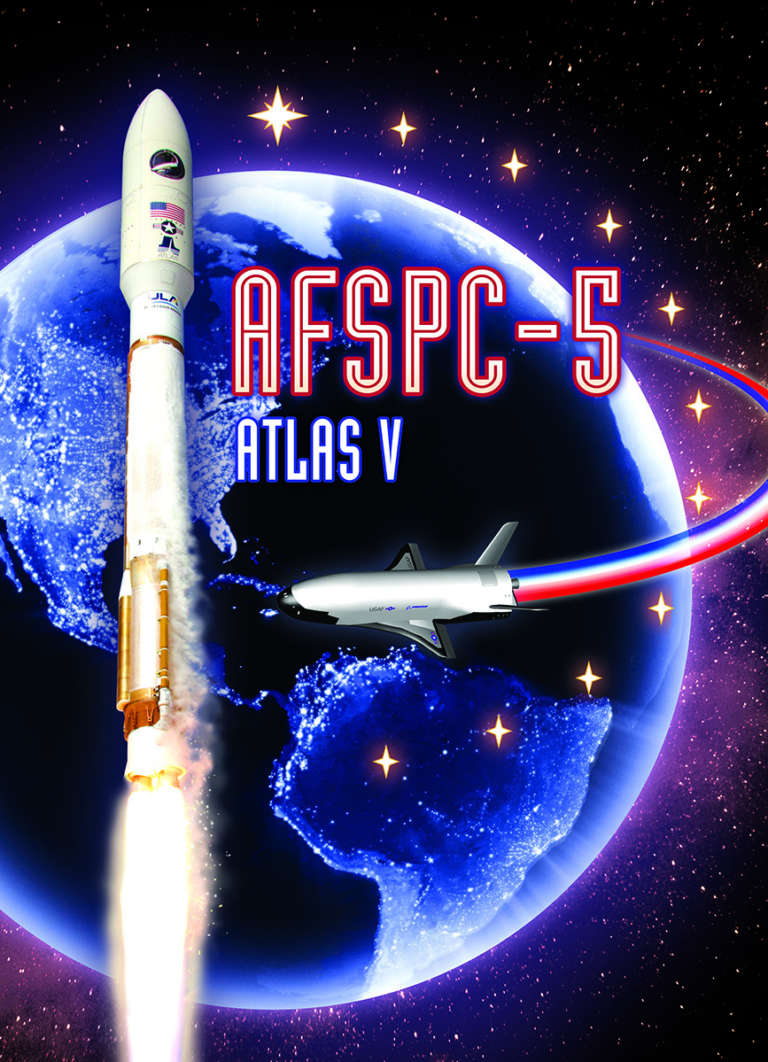Jason Davis • May 18, 2015
LightSail Launch Countdown: Ready for Rollout
It’s launch week here in Cape Canaveral, Florida, where The Planetary Society’s LightSail spacecraft is buttoned up for flight aboard a United Launch Alliance Atlas V rocket. I’ll be reporting live all week as LightSail’s ride rolls to the pad, launches, and springs the solar sailing CubeSat loose into low-Earth orbit. LightSail will remain in space for one month on a shakedown cruise designed to test the spacecraft’s critical functions and sail deployment mechanism.
Visit our LightSail Mission Control Center
For all the latest LightSail updates, including a live launch video feed courtesy of United Launch Alliance, visit our Mission Control Center at sail.planetary.org.
Tomorrow morning, the Atlas will leave the shelter of its Vertical Integration Facility and slowly roll to the launch pad. There, it will be fueled with refined kerosene, liquid hydrogen and liquid oxygen, with launch scheduled to occur Wednesday morning sometime between 10:45 a.m. and 2:45 p.m. EDT (14:45 to 18:45 UTC). We’ll be on hand at Space Launch Complex 41 to bring you rollout imagery, and Planetary Society staff, guests and members are viewing the launch from spots in and around the Cape. The actual launch window has not yet been released.
On top of the Atlas, enclosed within a five-meter payload fairing, is the Air Force’s X-37B spaceplane. The X-37B, also known as the Orbital Test Vehicle, or OTV, takes off vertically and lands horizontally like the space shuttle. This is the program's fourth flight—the X-37B last returned to Earth in October 2014 following a 674-day mission. The Air Force says the vehicle’s primary purpose is developing reusable space technologies and creating a test bed for long-duration, retrievable experiments.
Powering X-37B toward its final orbit is Centaur, the Atlas V upper stage, which flames to life four minutes, 39 seconds into flight. Bolted to Centaur is an Aft Bulkhead Carrier, or ABC, where ten CubeSats are stored in the secondary payload, ULTRASat. One of those CubeSats is LightSail; the others come from sponsors including the U.S. Naval Academy, the Air Force Research Laboratory, and the Aerospace Corporation. The mission poster features ten small stars representing the CubeSat fleet, with a large star for the X-37B.

LightSail will be sprung away from Centaur during a coast phase. We hope to hear the first automated telemetry chirps from our spacecraft within a couple orbits; watch our Mission Control Center page for more specifics after launch. Our ground station teams at Cal Poly San Luis Obispo and Georgia Tech are ready for on-orbit operations; the final pre-mission conference call is scheduled for late this afternoon.
The weather at the Cape this week will be hot and muggy, with highs hovering around 90 degrees Fahrenheit. As of Sunday morning, the 45th Weather Squadron at Patrick Air Force base predicted just a 40 percent chance of weather that won’t cause a launch scrub. Things get a tad worse on Thursday, with just a 30 percent chance of favorable conditions. The main concern is thunderstorm-producing cumulus and anvil clouds. The best chance of getting the rocket off on time Wednesday comes at the start of the launch window, before sea spray from the Atlantic Ocean contributes to worsening conditions.
Got a question about LightSail? We’ll be participating in a tweet chat with United Launch Alliance tonight from 8:00 to 9:00 p.m. EDT. You can send in questions ahead of time using the hashtag #AFSPC5 (the mission is formally dubbed Air Force Space Command 5).
TOMORROW(5/18) @ 8pmET: Tweetchat to talk #LightSail and other AFSPC-5 secondary payloads. Use #AFSPC5 to submit Qs. pic.twitter.com/OXFHJqmsgY
— ULA (@ulalaunch) May 17, 2015The Time is Now.
As a Planetary Defender, you’re part of our mission to decrease the risk of Earth being hit by an asteroid or comet.
Donate Today

 Explore Worlds
Explore Worlds Find Life
Find Life Defend Earth
Defend Earth


